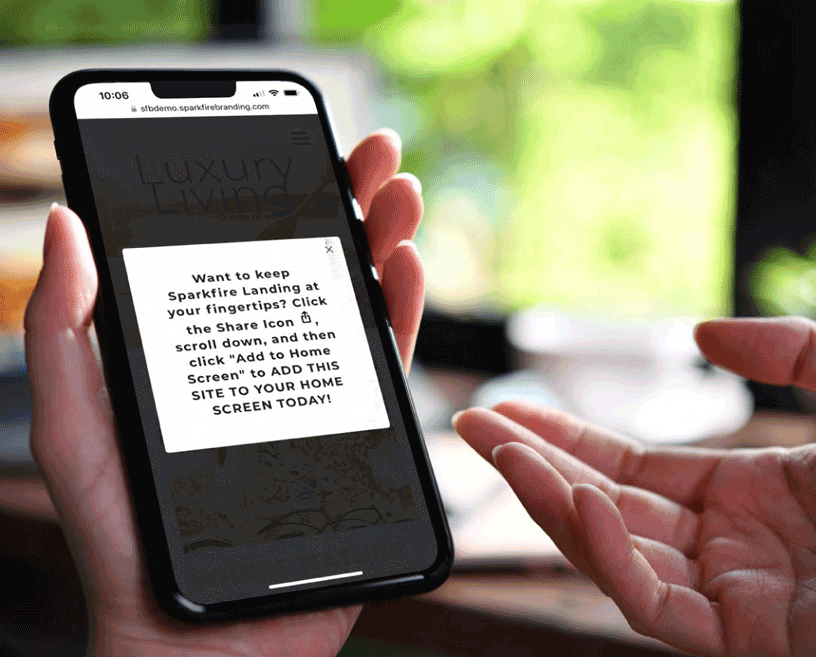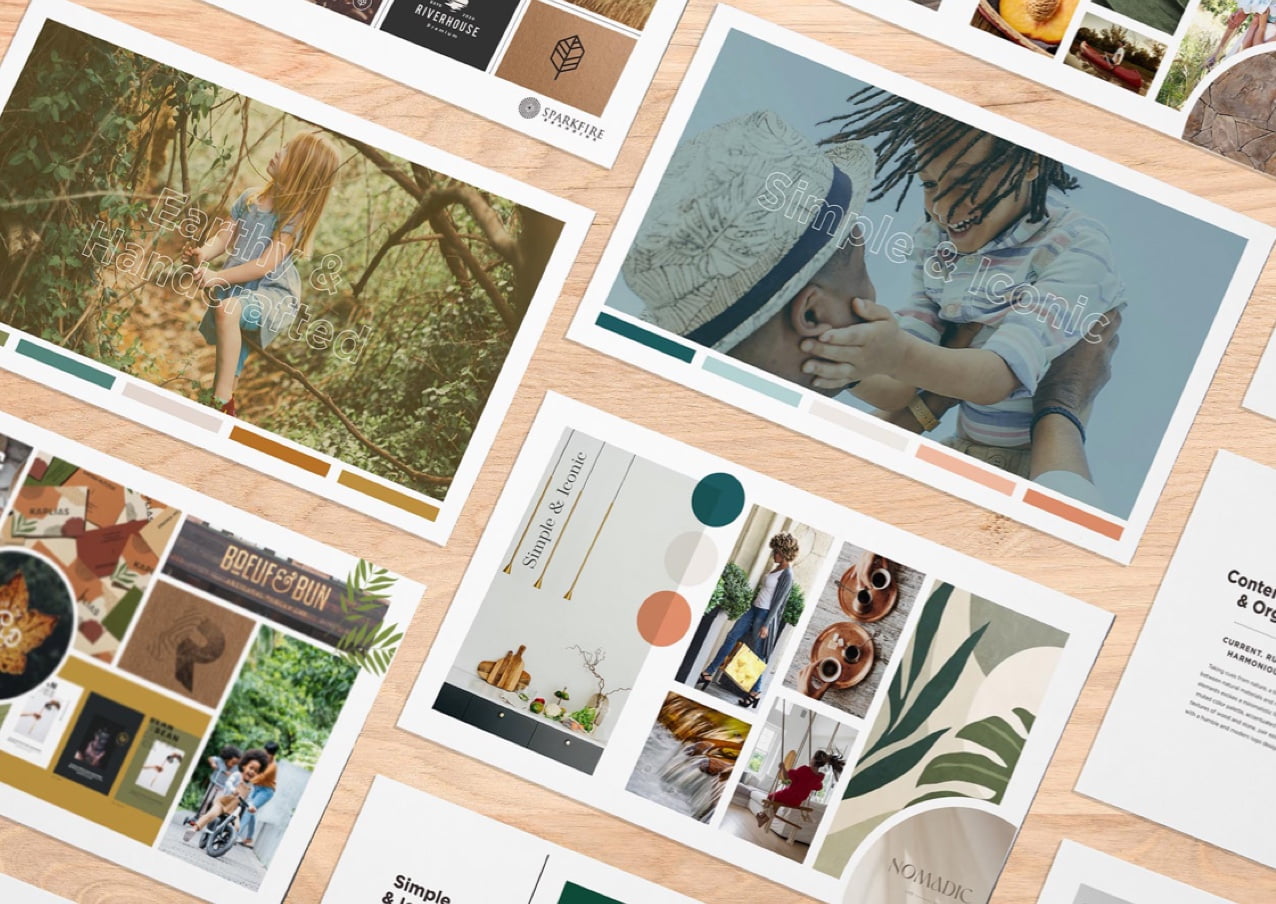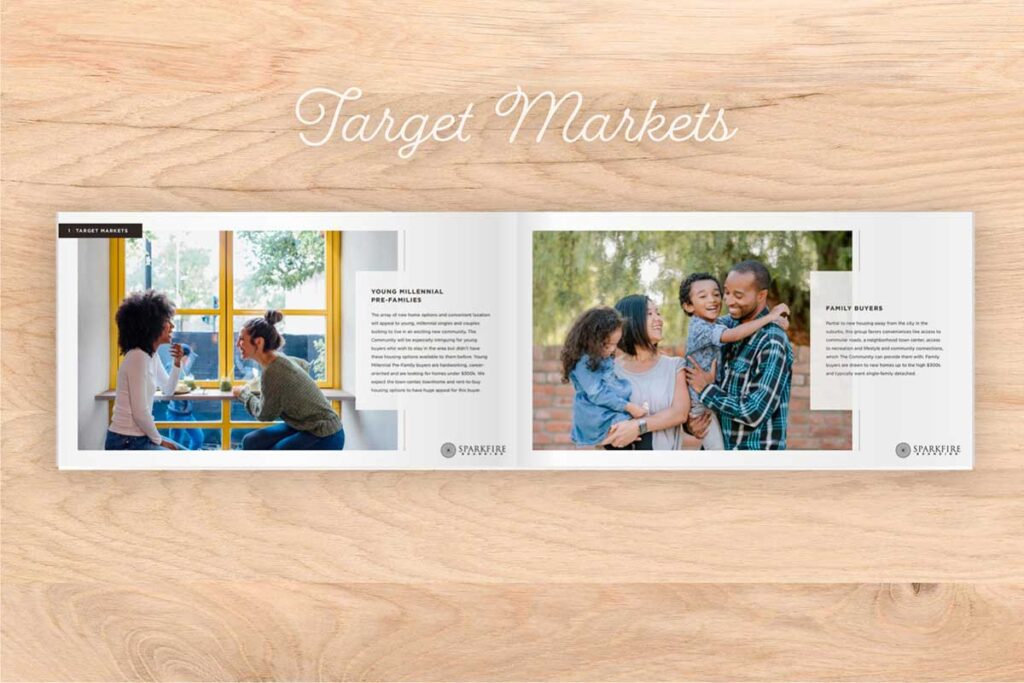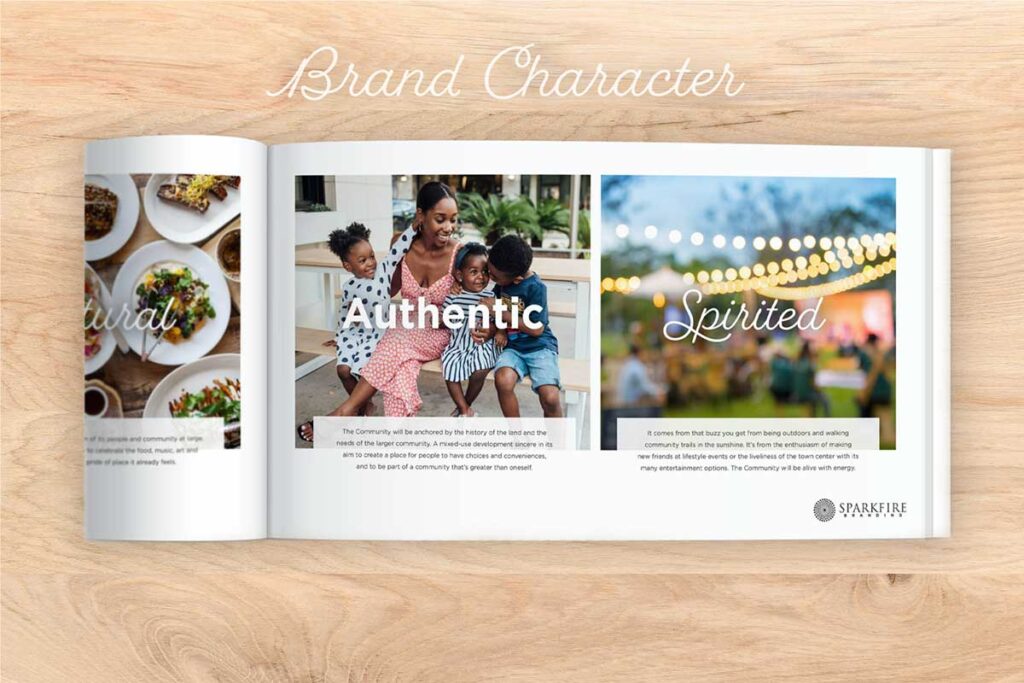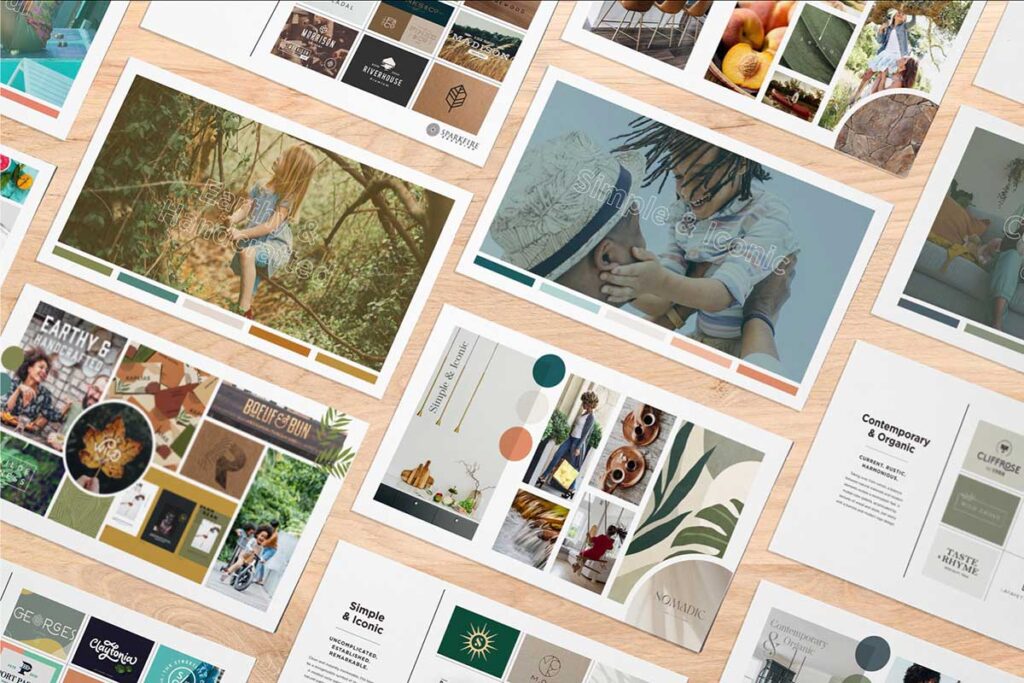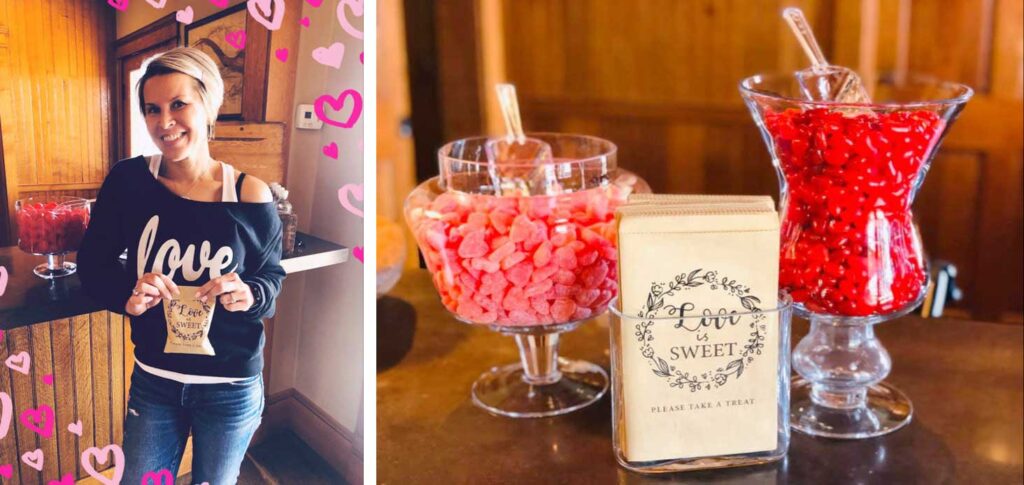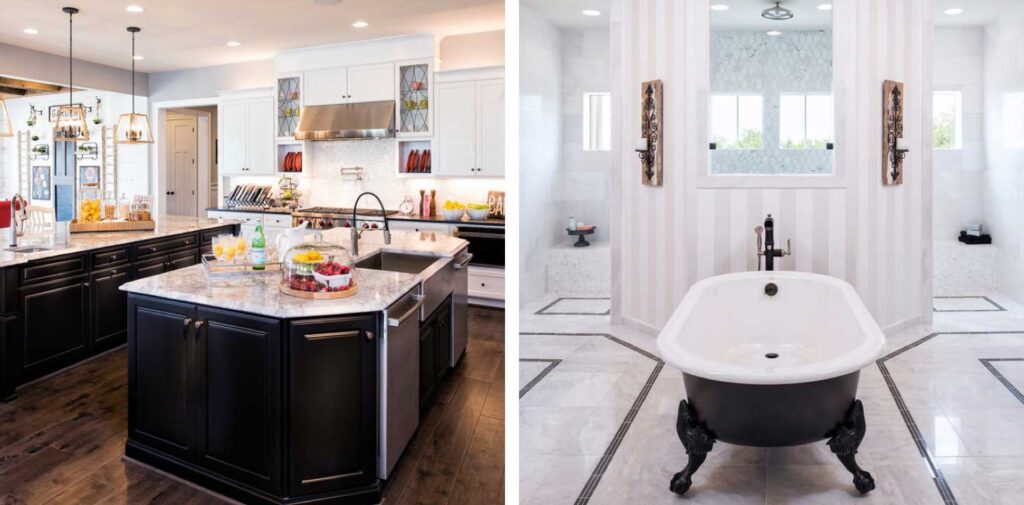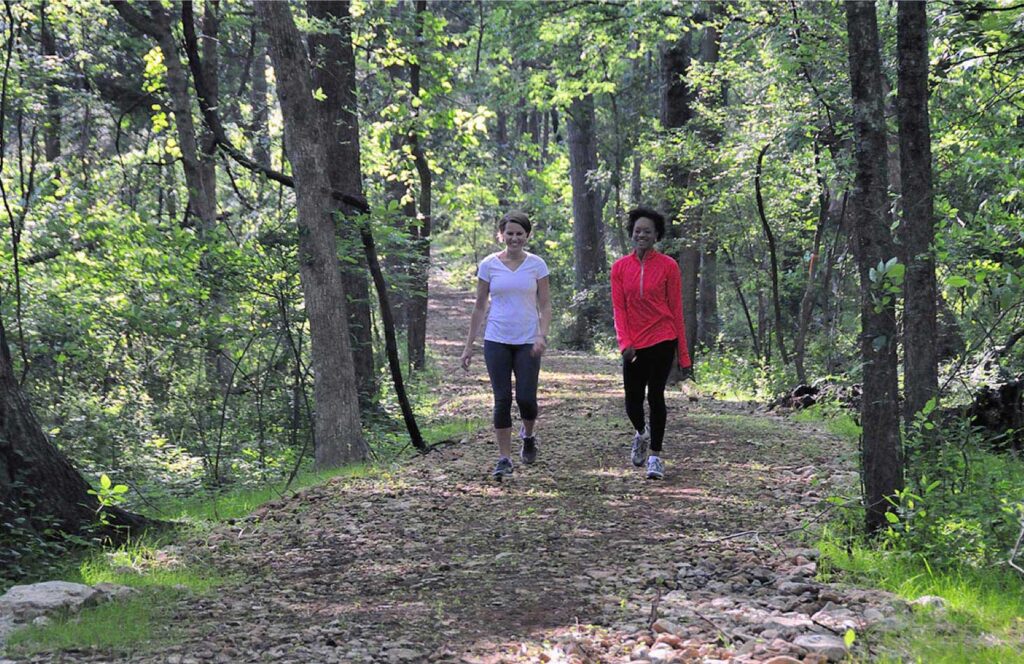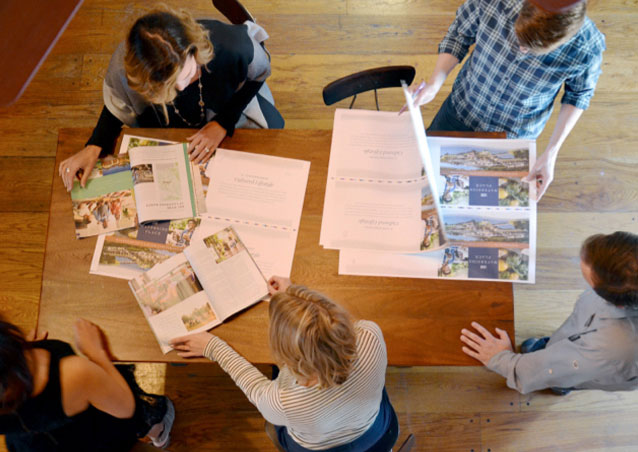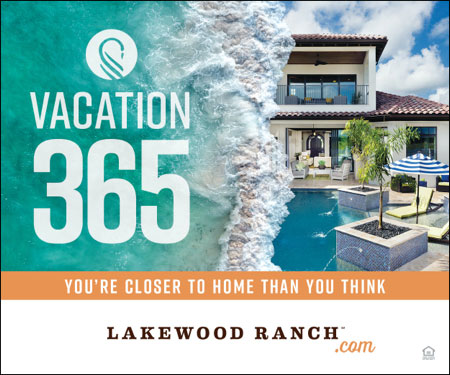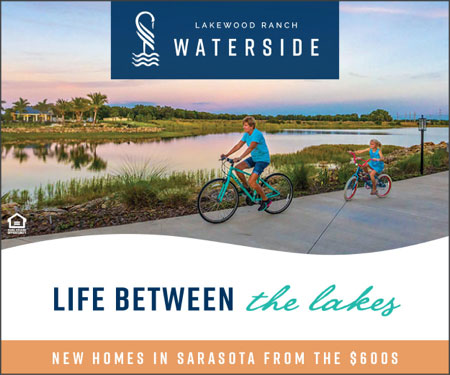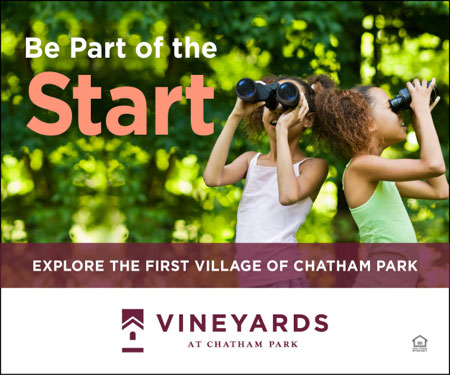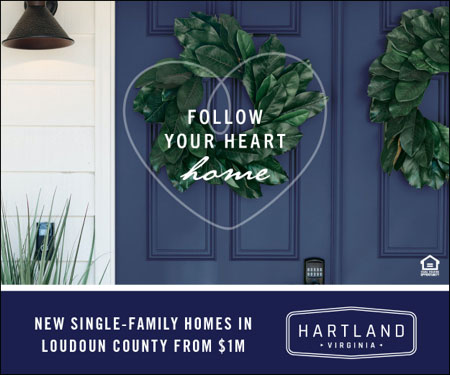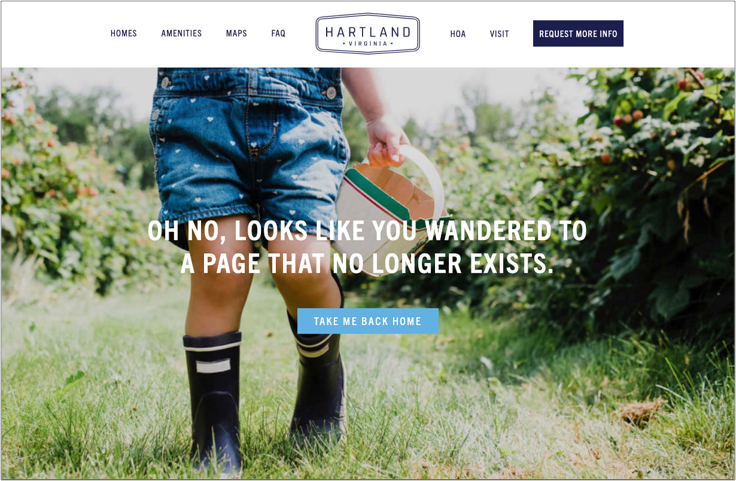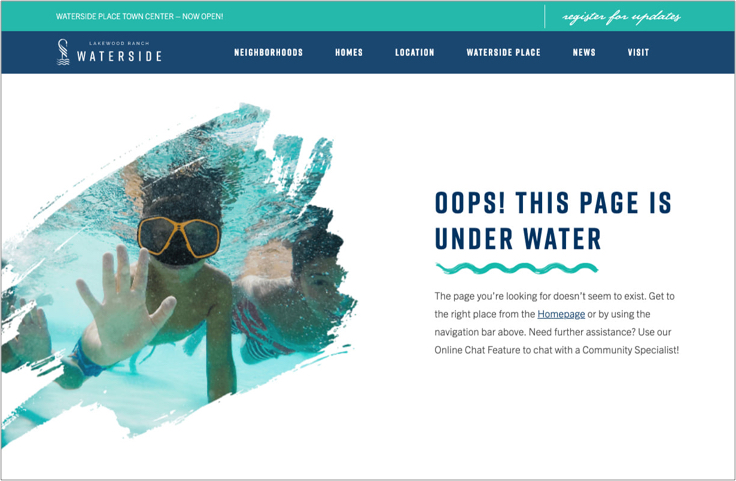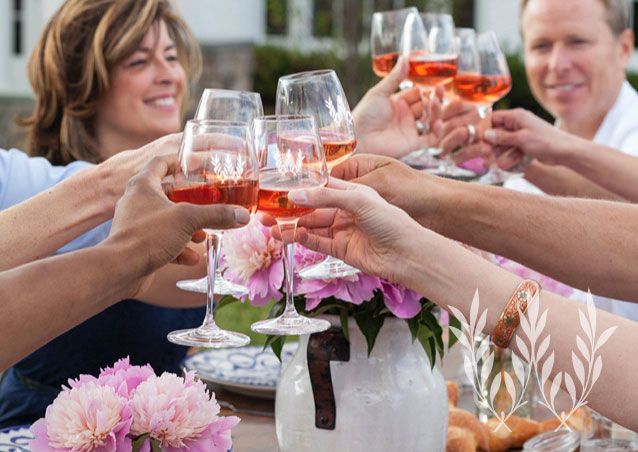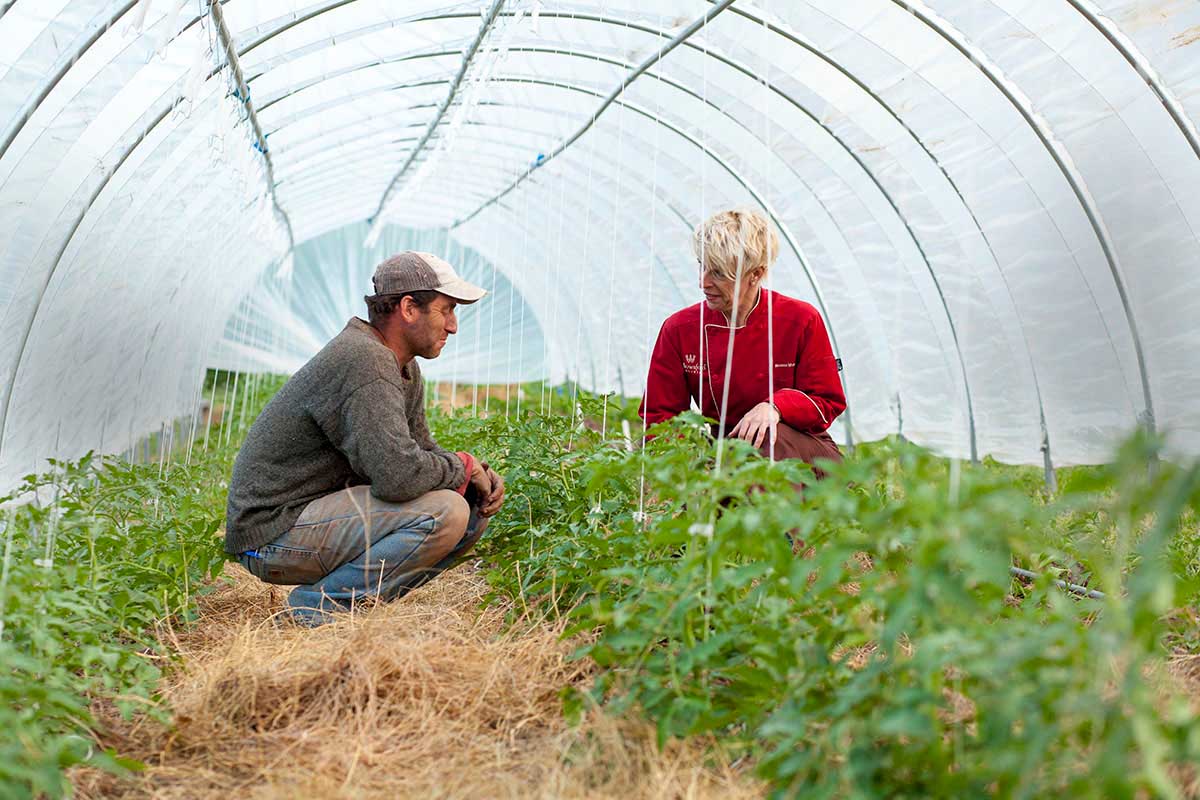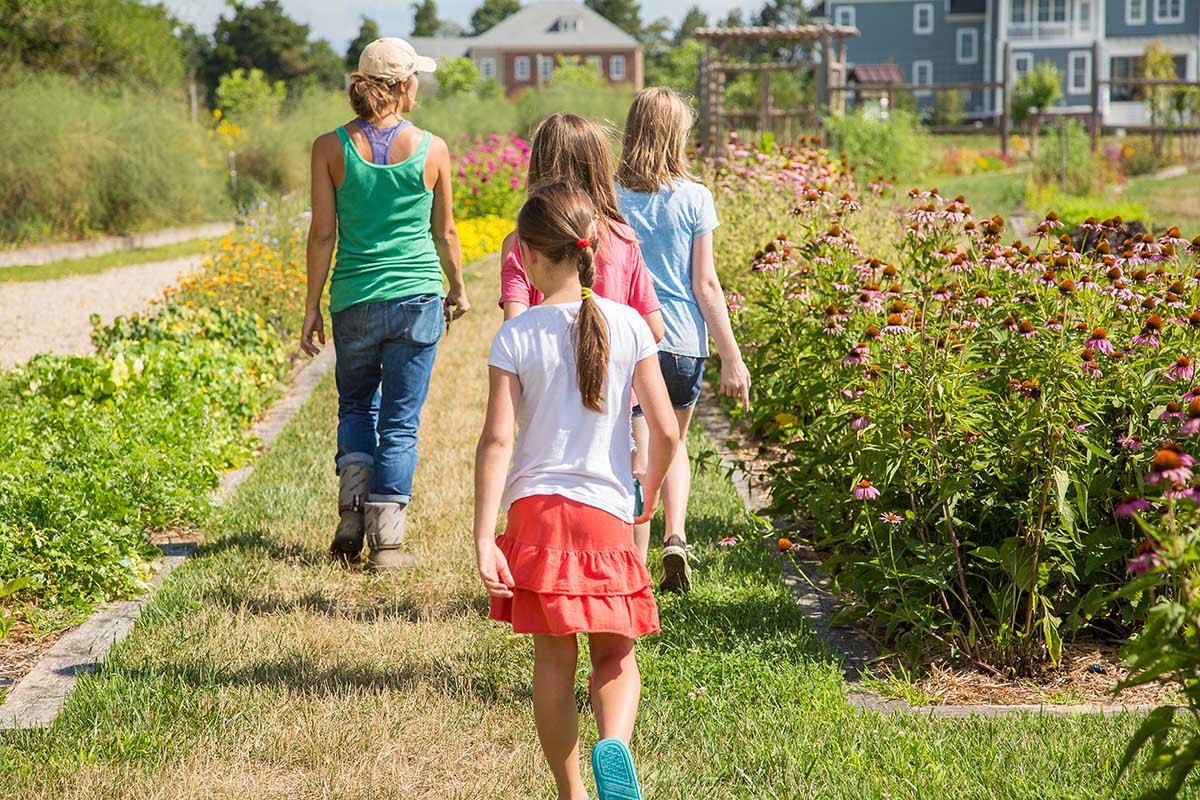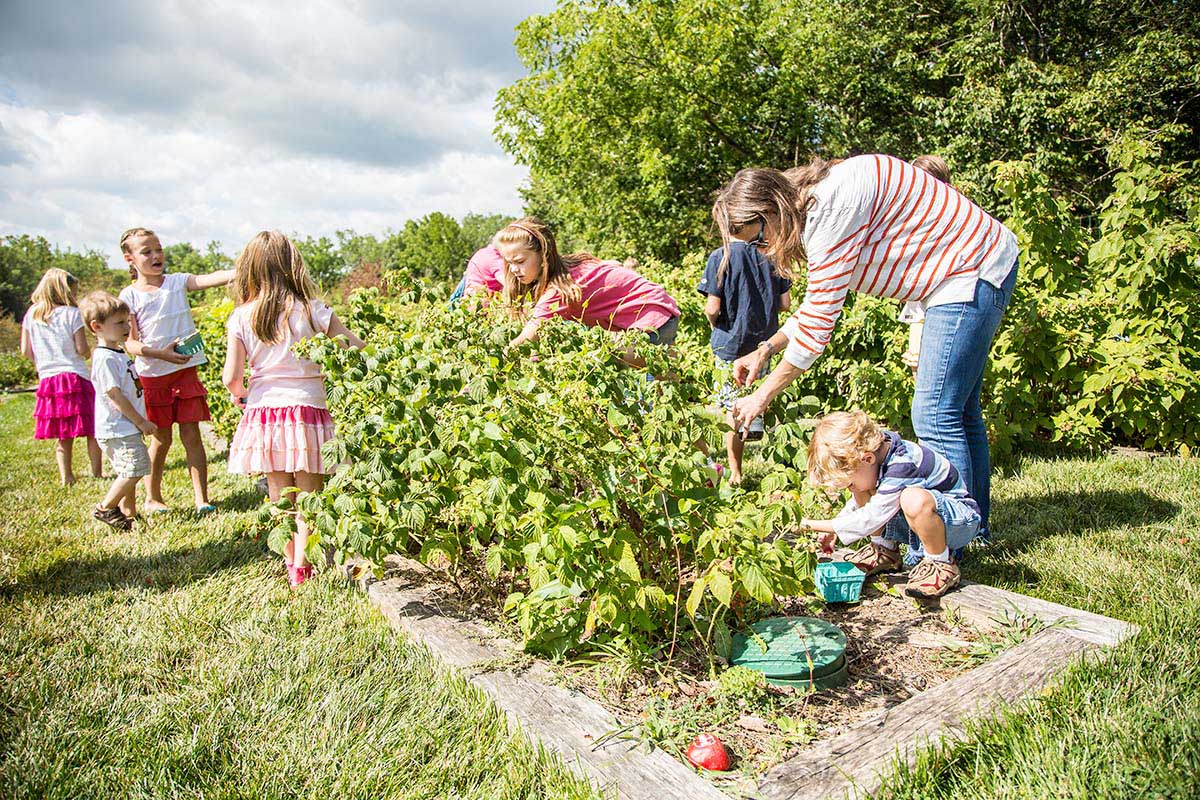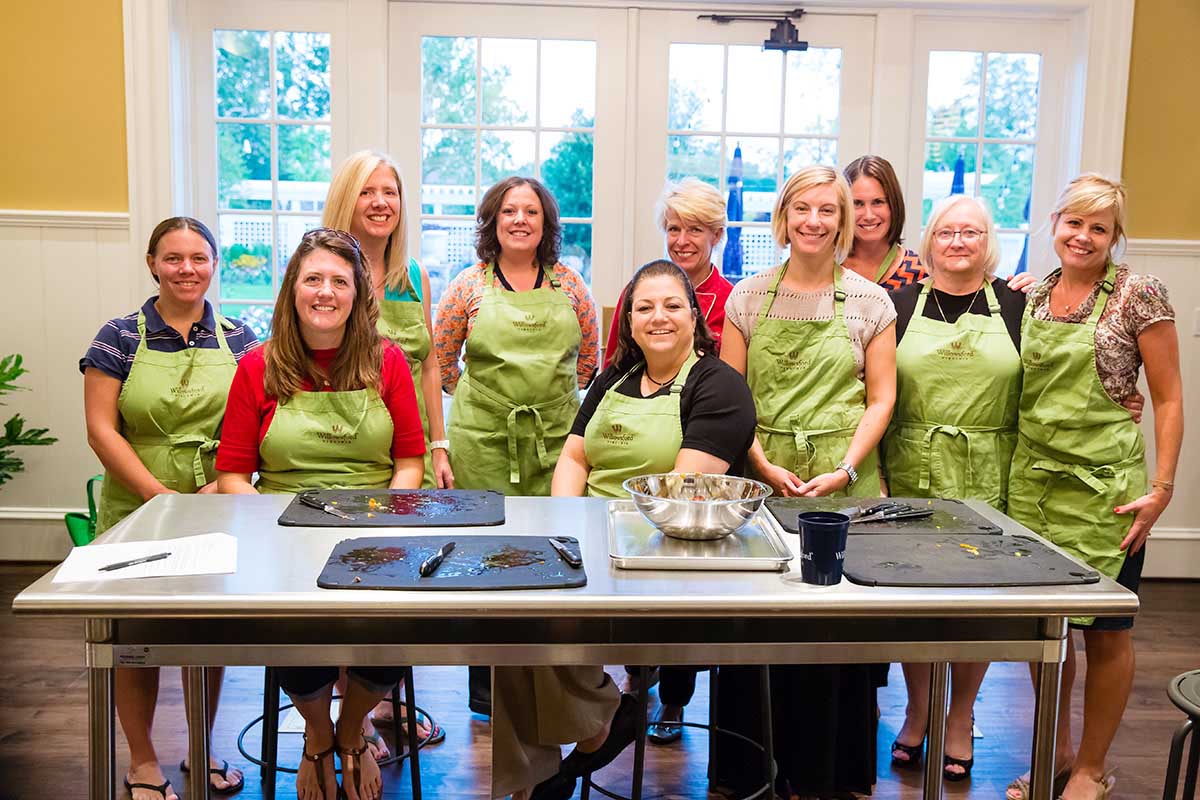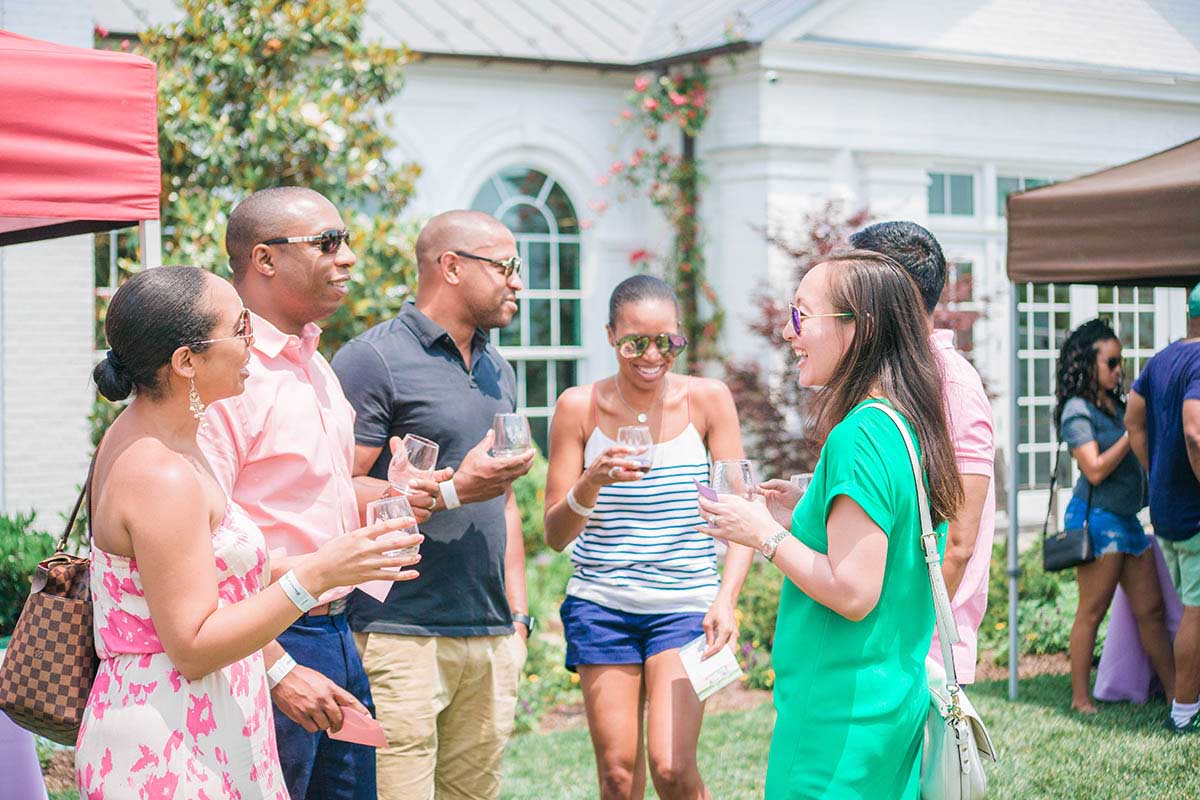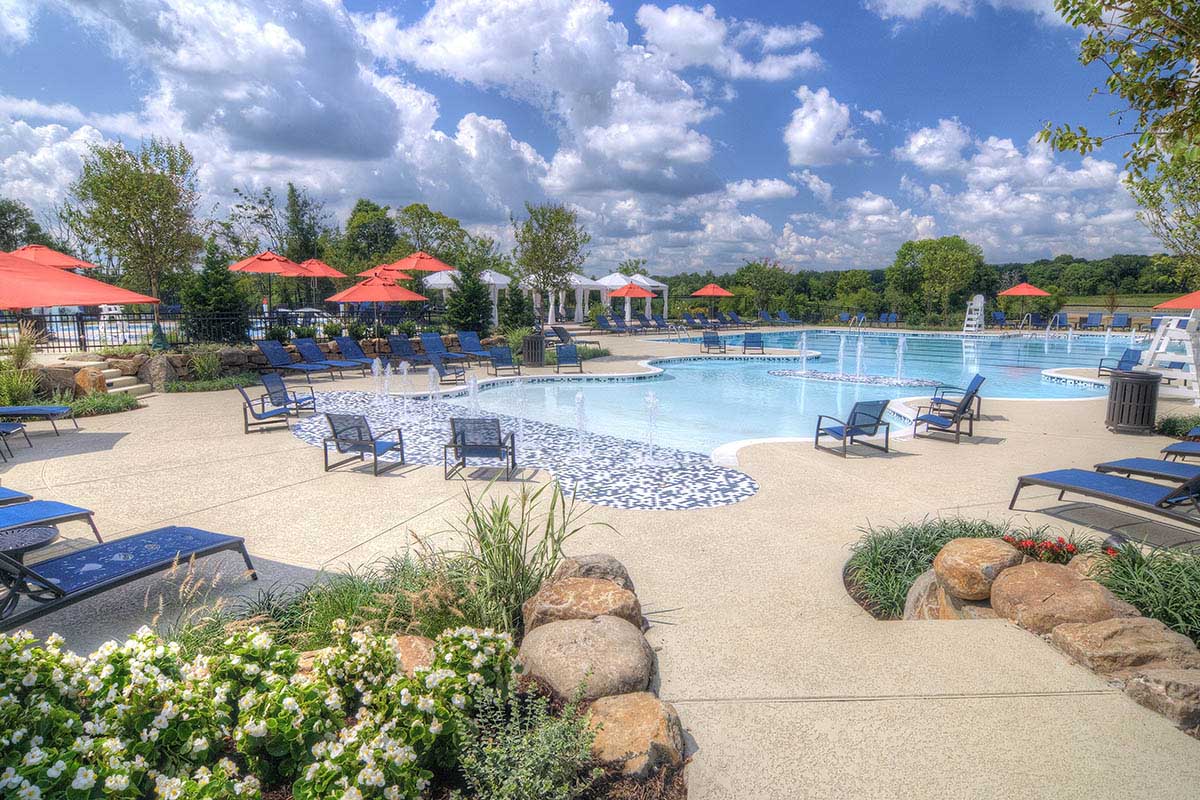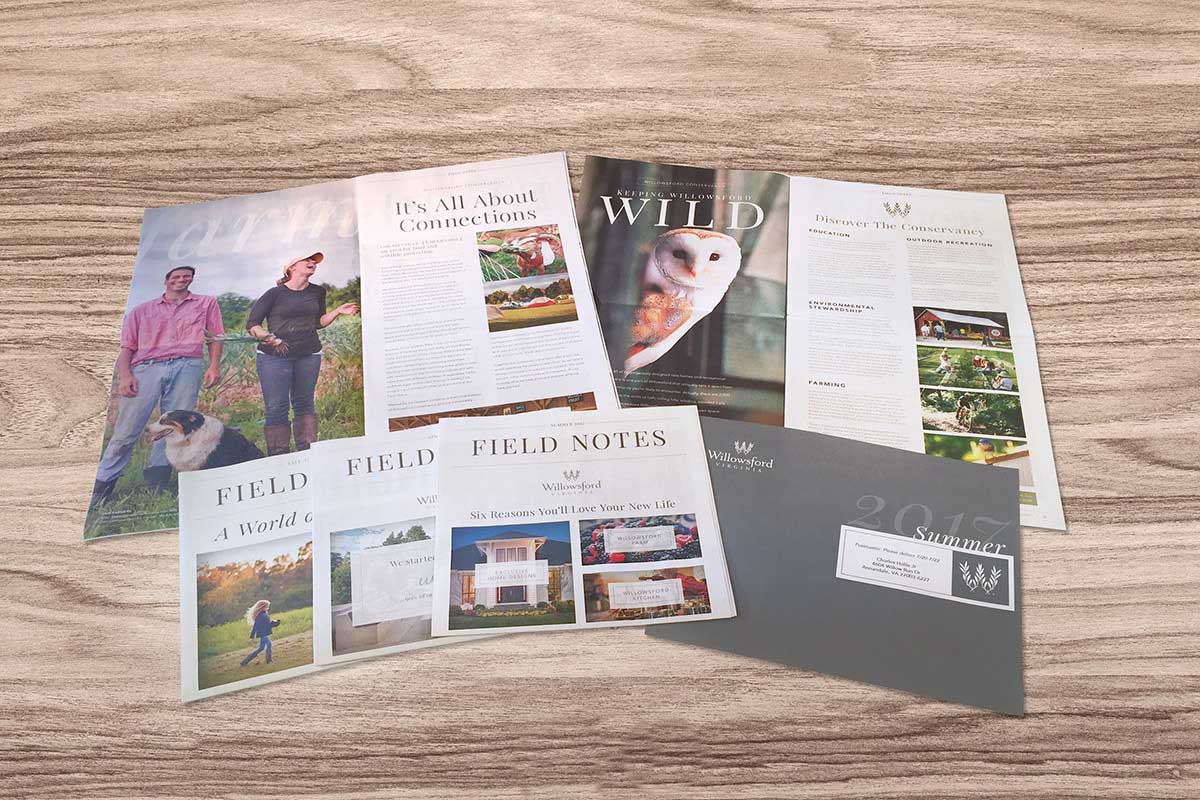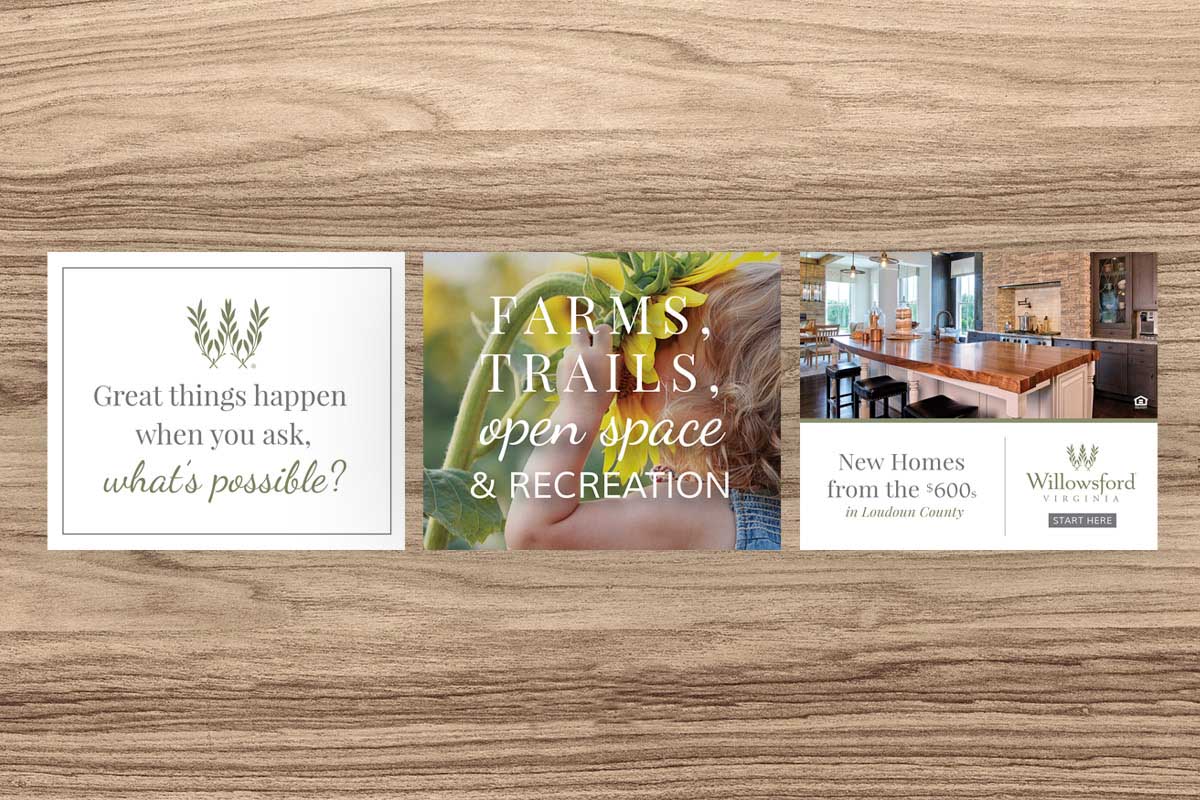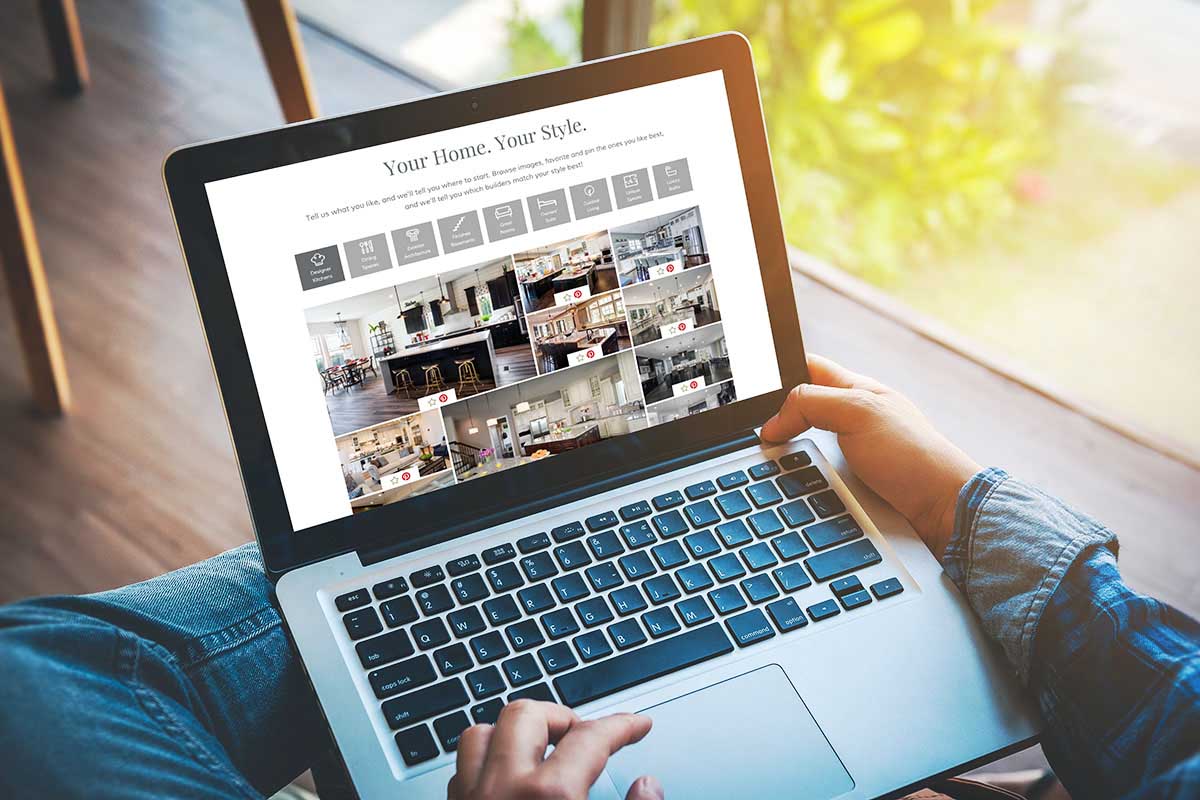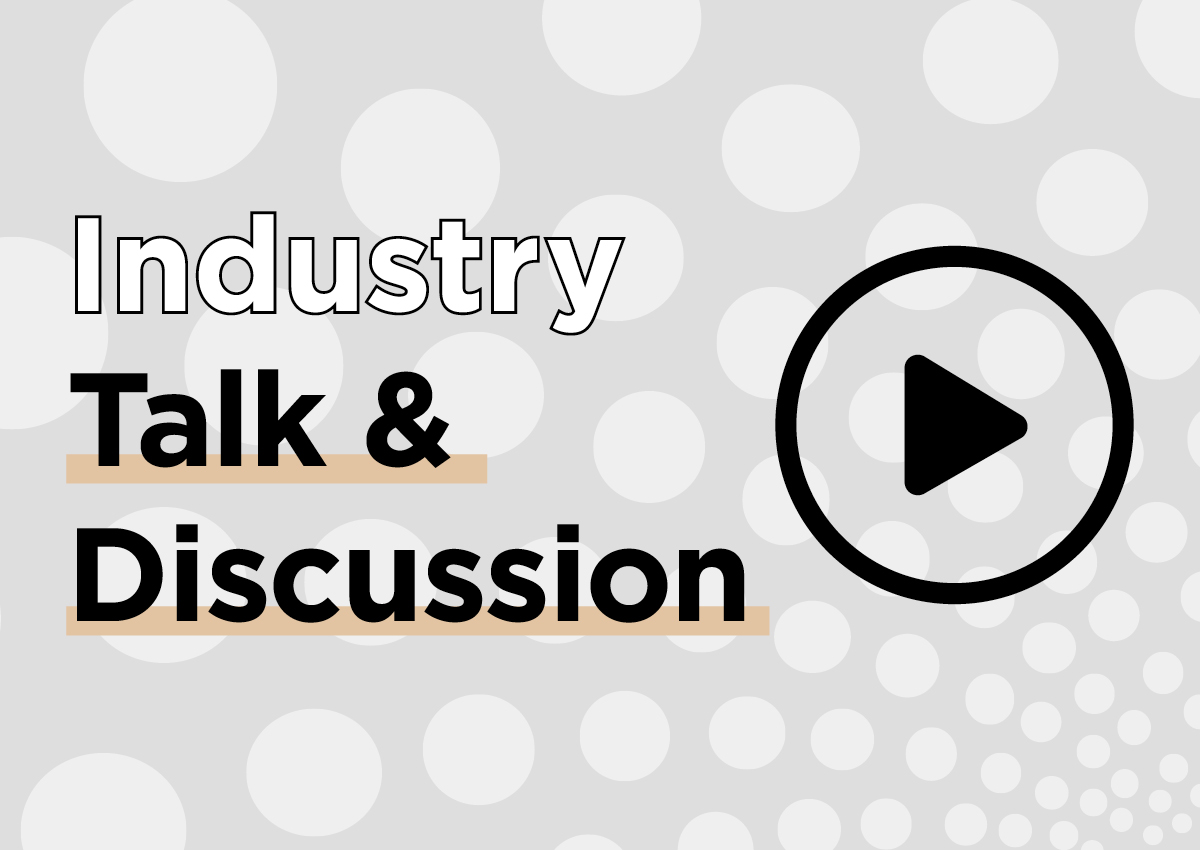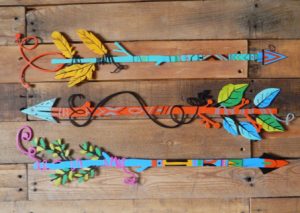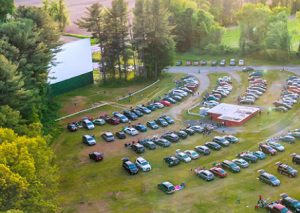Web Apps deserve your consideration for good reasons.
You can build a unique, thoughtful, authentic place, but you’ll be well-served to provide a delightful experience for your buyers. Welcome centers, websites, touchscreens, overview videos, and various marketing collateral are all valuable touch points for educating customers. Some large developments even offer community mobile applications and platforms offering residents valuable capabilities. Beyond those, the decision to offer a traditional mobile application tends to be a more debated element, and for good reason.
Our most valued and visited content is on our phones’ home screens, providing fast, one-touch access 24/7. More than 50% of your customers will use a mobile device to visit you on the web. But some studies indicate that “App Fatigue” is real, and on average, people now download less than one new app a month, and 50% of those are abandoned quickly. It’s no wonder that from a marketing perspective, a mobile user’s home screen is becoming the most valuable “digital real estate.”
If you’ve gone down this path, you’ve surely discovered apps are costly and take time to develop and maintain. With this in mind, does it make sense to add an app to your marketing toolkit?
Now, you can offer a rich mobile app experience without the headaches!
Fortunately, your decision is no longer a binary one. Now, you can have the best of both worlds: your website and a mobile app without all the headaches, costs, and maintenance.
Modern web apps (Progressive Web Apps or PWAs) can utilize your current website to provide a thoughtfully designed, functionally rich app without the limitations of a browser window. When visiting your website on their mobile device, users can easily add your web app to their home screens: no app store, no download, and no app updates.

This is a blog, not a thesis, so we’ll simply give you the ten most powerful considerations for web apps versus traditional mobile apps you may have encountered in the past.
- Home screen icons facilitate easy and quick repeat visits without the browser
- With a modern website, your web app is ready in weeks, not months
- No need to manage, maintain, or update two platforms
- Installation is as easy as saving, sharing, or bookmarking a favorite site
- Security levels are inherited from your website; personal information isn’t stored
- Push notifications and alerts can be enabled, prompted, and targeted
- Analytics provide measurement and insight into visitor behavior and interest
- Offline use with most content cached in the device memory
- Content is always fresh with web apps refreshing from your website content
- Customize the design to highlight the most significant information
Ultimately, it’s about engaging your visitors in a way that they’ll appreciate. At SparkFire, we can help you deliver a modern web app that puts your logo on that valuable customer real estate, their home screen.
To learn more, view our one-minute video or try it by visiting sparkfirebranding.com or our demo at sparkfirelanding.com from your mobile device.
 and then click "Add to Home Screen" to ADD THIS SITE TO YOUR HOME SCREEN TODAY!
and then click "Add to Home Screen" to ADD THIS SITE TO YOUR HOME SCREEN TODAY!

